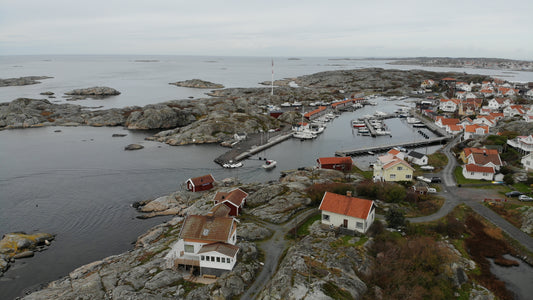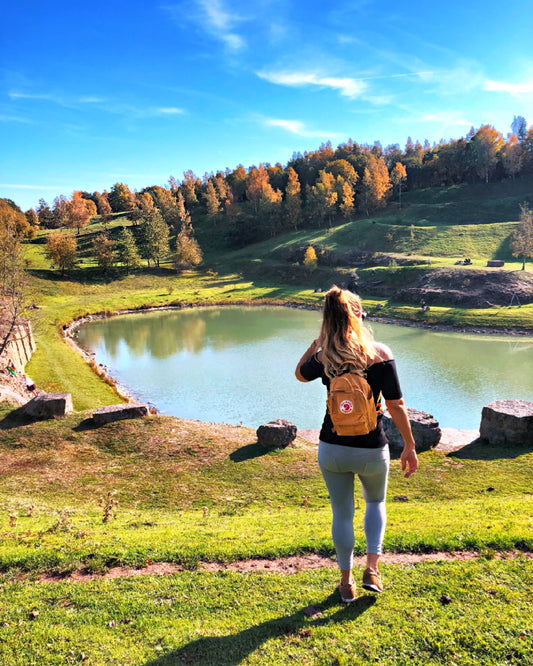
Latté Pappas: About the Swedish Fathers
Share
“What’s with all these gay nannies?” – asked the father of the main character in the series “Welcome to Sweden,” a typical proud American, visiting his son who emigrated to Sweden. The camera showed crowds of handsome men with children of all ages, carried in baby carriers and strollers, running around their legs. The men strolled and chatted in pairs and larger groups. If they weren’t feeding their kids with bottles or pushing them on swings, they were sipping coffee, watching the playground intently. And indeed, this isn’t a utopian vision of a screenwriter. Yes – welcome to Sweden.
Contents
- Introduction
- The Concept of Latté Pappas
- Parental Leave in Sweden
- Child-Friendly Workplaces
- Public Facilities and Infrastructure
- Educational System and Child Benefits
- Attitudes Towards Child Discipline
- Conclusion
The Concept of Latté Pappas
Latté pappas is a phenomenon I noticed in the first days of my stay in Sweden. Parks, playgrounds, beaches, cafes – fathers with children were everywhere. In many countries, usually, mothers take maternity leave and care for the children, and seeing a man with a stroller on a park bench is so rare that you want to get closer to make sure it's not an illusion.
Parental Leave in Sweden
In Sweden, parents are encouraged to share parental leave. They have up to 480 days per child, with each parent having 90 days that cannot be transferred to the other parent. These three months are usually the minimum time during which fathers take care of the children while mothers work. It’s worth mentioning that you don’t have to be the biological parent to take parental leave – anyone living with the biological parent and having other children together or being in a marriage or partnership can do so. For both parental leave and VAB (from "vård av barn" – care of a sick child), the caregiver receives a standard 80% of their salary.
Child-Friendly Workplaces
In exceptional situations, there is no problem taking the child to work – larger companies usually have special playrooms for the youngest. Children and dogs running around corporate corridors do not surprise anyone – on the contrary, Swedes appreciate the relaxed atmosphere at work. It’s worth adding that at least a half-hour break during the day is not a privilege but an obligation for employees in Sweden. Besides numerous social benefits, Sweden offers a lot in terms of childcare. One could say that the whole country is adapted for parents and children.
Public Facilities and Infrastructure
Entering the right toilet in a public place is quite a challenge – they are often divided into those for moms with children, dads with children, disabled people, and various configurations for diaper changing. If you’re completely unsure where to go under the pressure of a little one at your side, the family toilet, which is unisex, is a savior. Schools, kindergartens, and cultural centers have not only car and bicycle parking but also stroller parking. In front of stores, there are special parking spaces for families with children, with extra space around the car to unload the whole crew. When it comes to shopping carts, there are those with bassinets for infants (also for twins), seats for older children, and a whole pool of colorful cars and mini-carts with flags. Usually, in large stores at the checkouts, you’ll find small playrooms, and in offices, tables with crayons or other educational toys to keep the little ones occupied during shopping or waiting in line. Moreover, wherever you are in Sweden, you can be sure there is a playground or at least a small park nearby for a stroll.
Educational System and Child Benefits
Depending on whether you’re unemployed or on leave, working, or studying, your child can attend kindergarten for 15 hours a week or as long as you need for work or school (but not for other things!). Full-time kindergartens are paid, and the fee is proportional to income, maxing out at about 1300 SEK per month. Education in schools and universities in Sweden is free. The Swedish government aims to ensure that having children does not entail huge expenses, so parents receive 1250 SEK per month for each child until the child turns 16. If the child continues education and then studies, they receive a monthly allowance directly to their account. Most necessary school supplies and textbooks are also free.
Attitudes Towards Child Discipline
All forms of aggression towards a child are universally unacceptable in Sweden – both a slap on the bottom and yelling can result in social ostracism and legal trouble. I must address the popular myth, largely based on inattentive viewers' impressions of the film “Strange Heaven,” that social services in Sweden unjustly take children away from parents. This is not true; the Swedish family law system is much more focused on the child’s well-being than, for example, the system in many other countries.
Conclusion
Does it all work? Well, considering the number of children I see daily on the streets of Malmö and the overcrowded kindergartens, it seems the primary goal has been met – Sweden is considered one of the best countries in the world to give birth and raise a child. Children are a national treasure here, reflected in various ways – from urban infrastructure to the attitude of kindergarten staff. In Sweden, a child is a person, just a small one.














